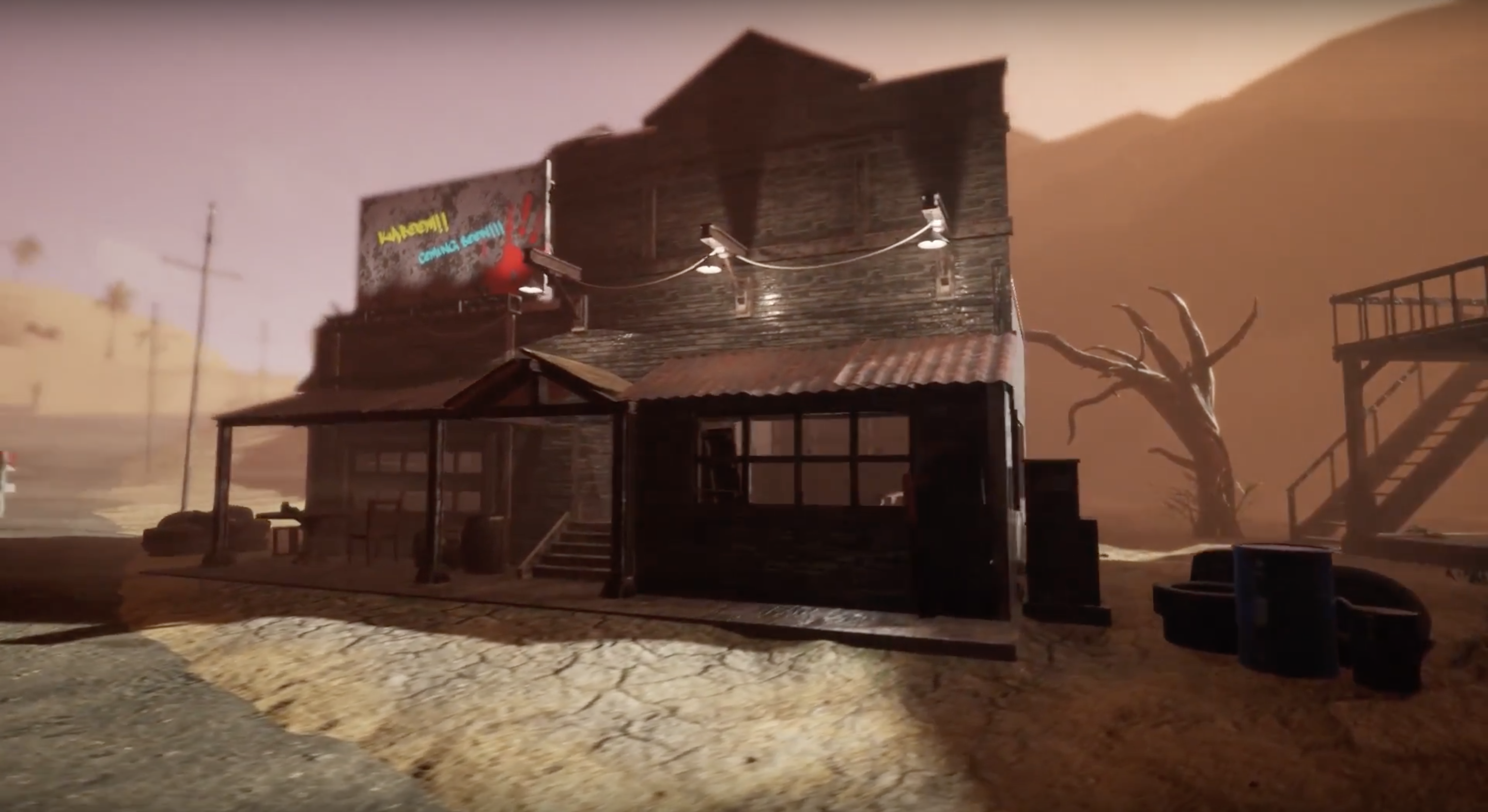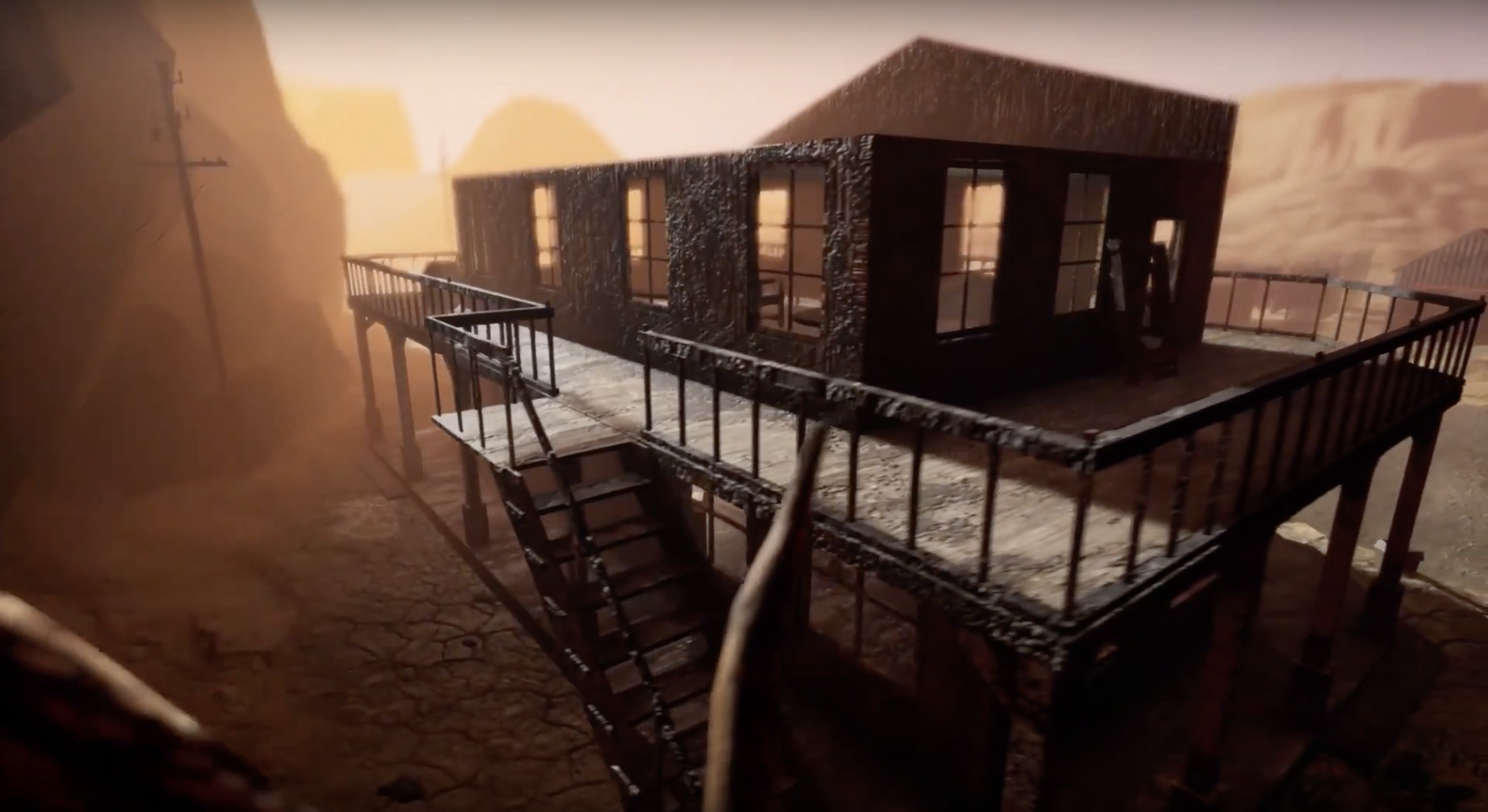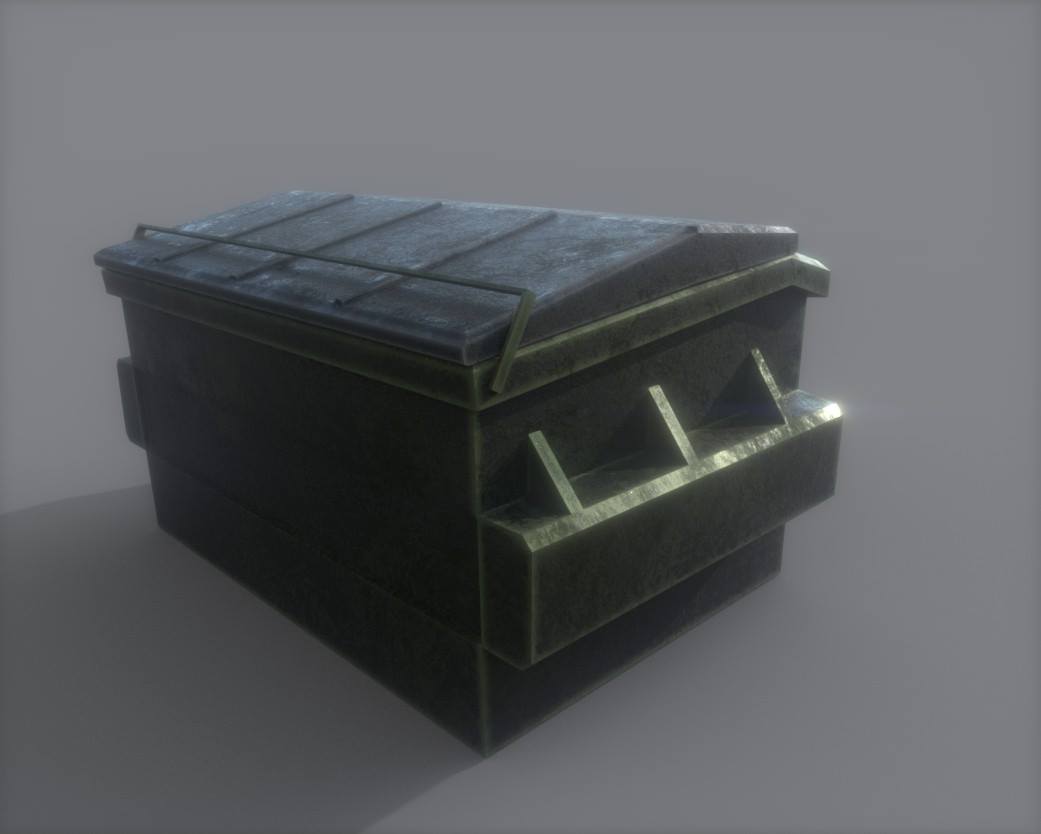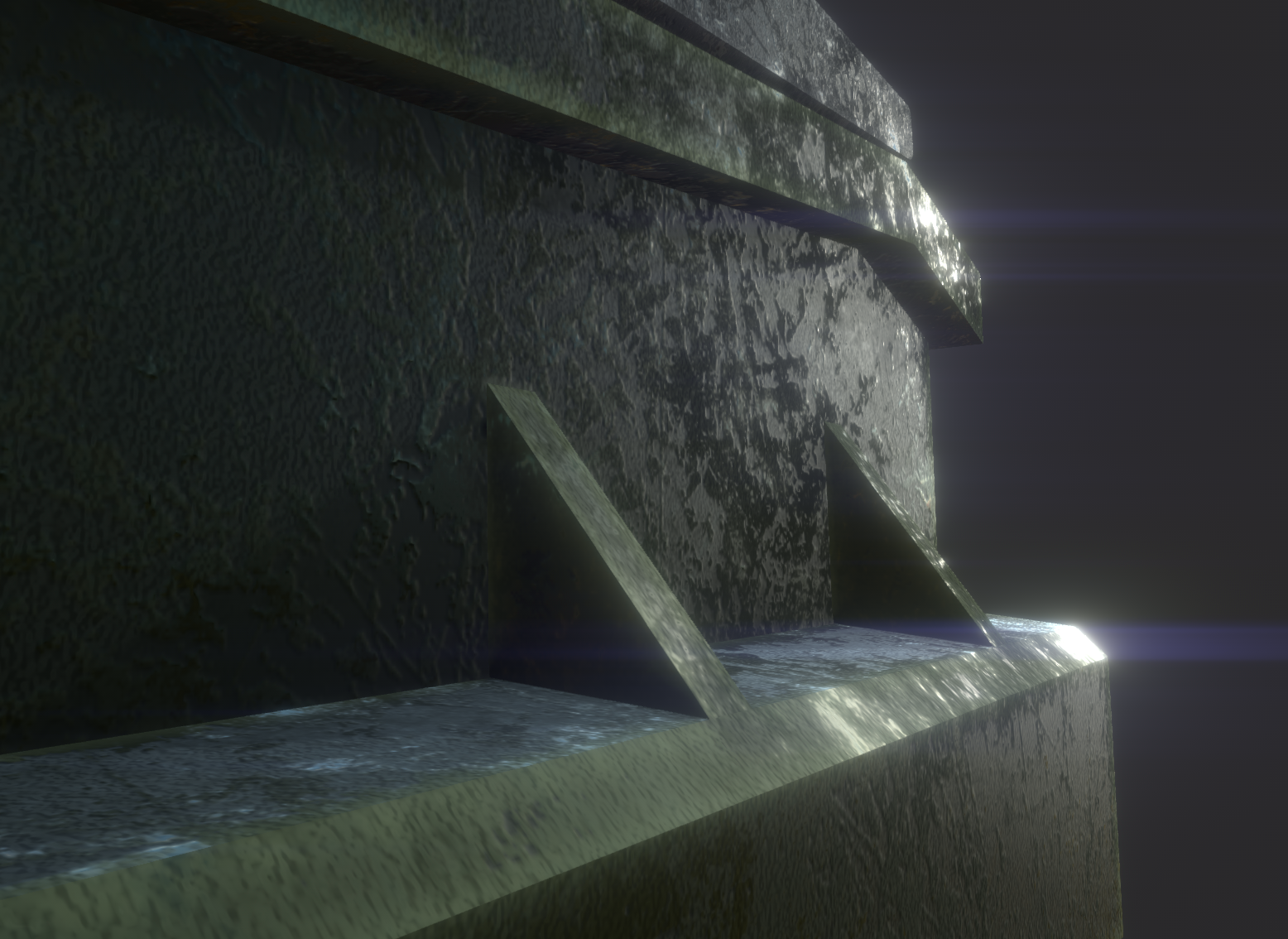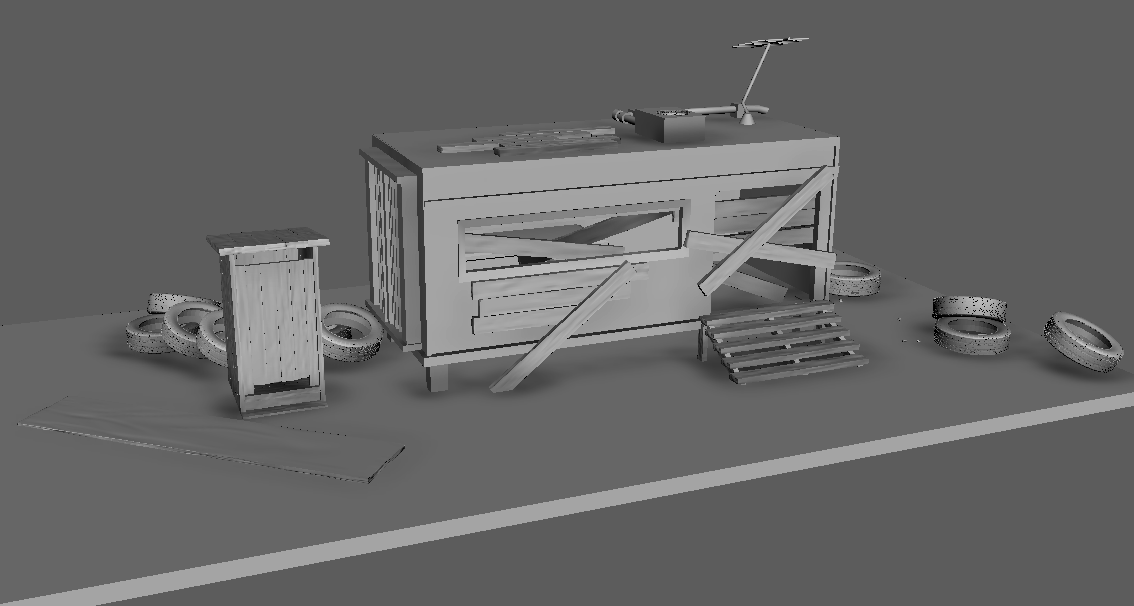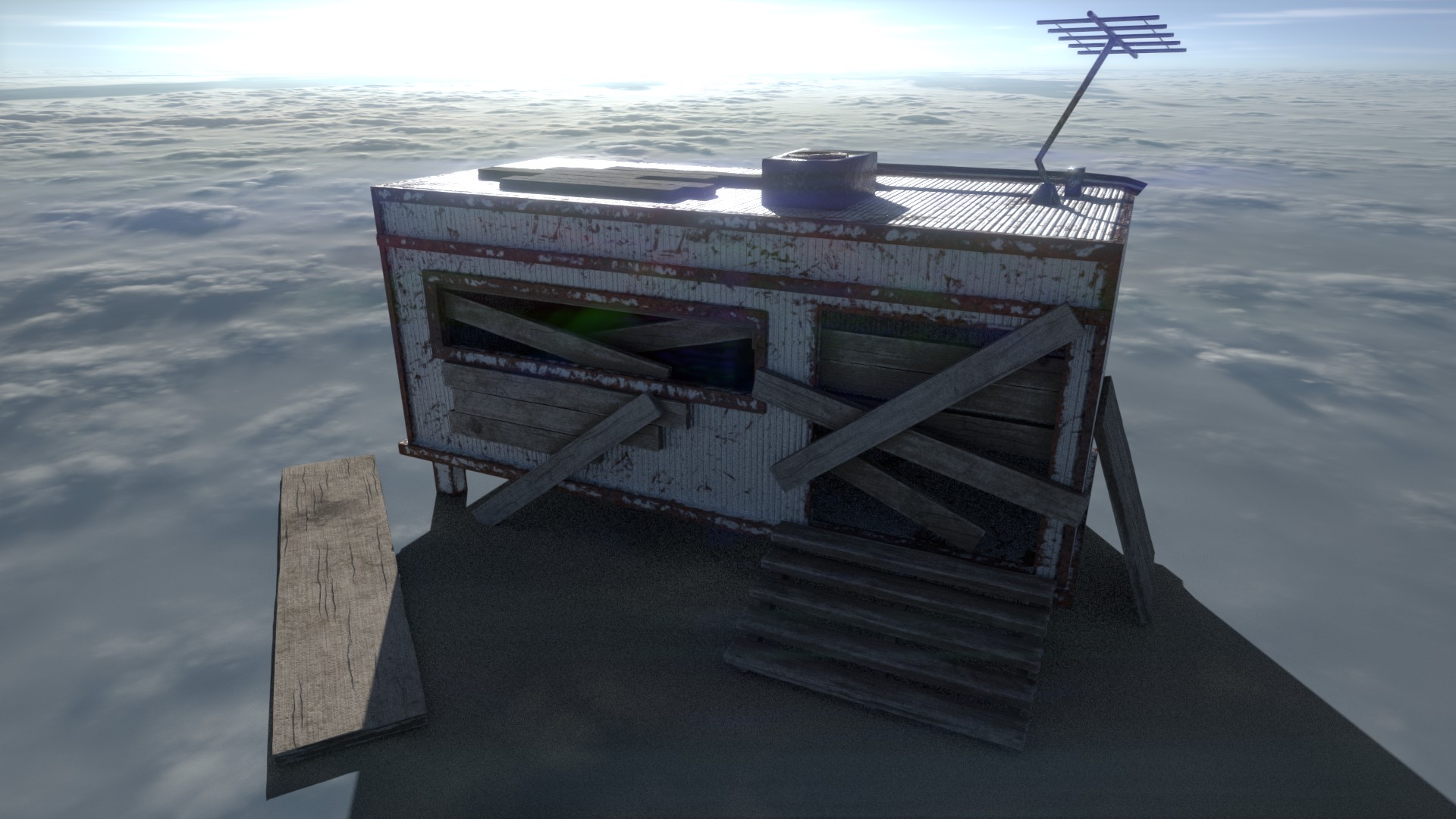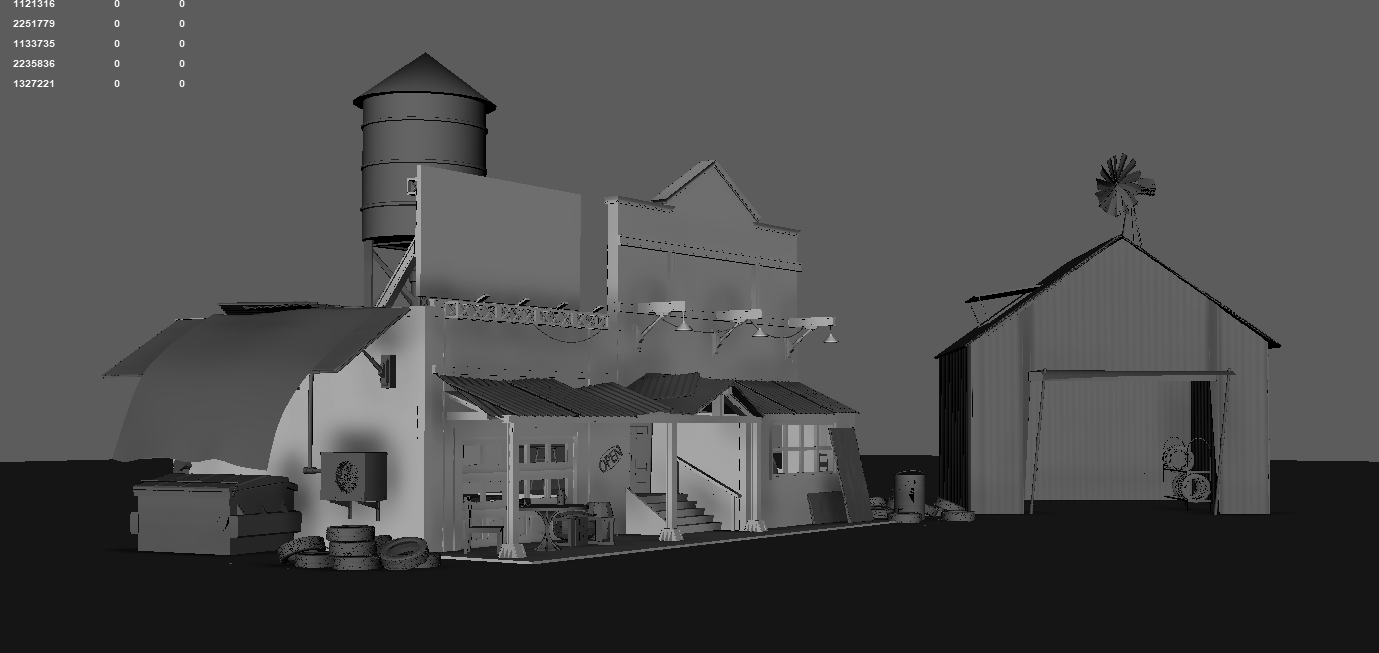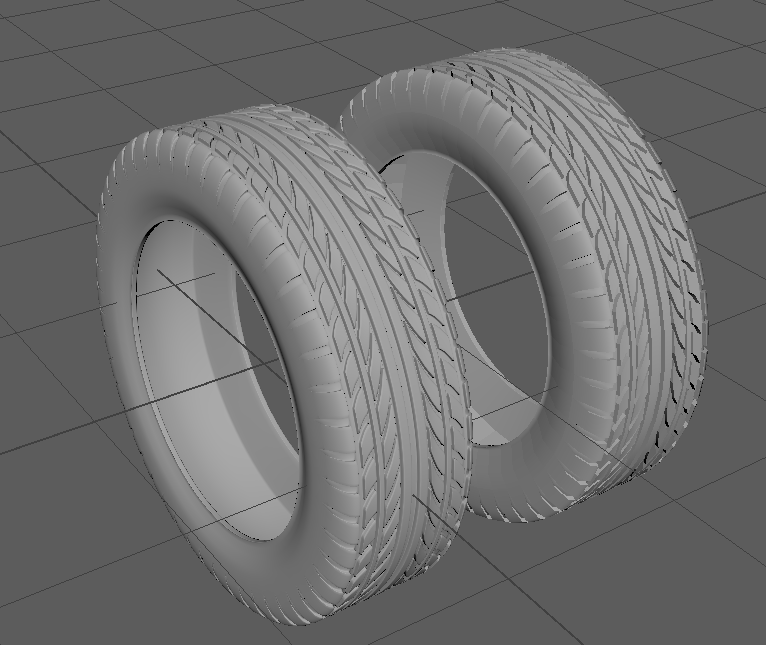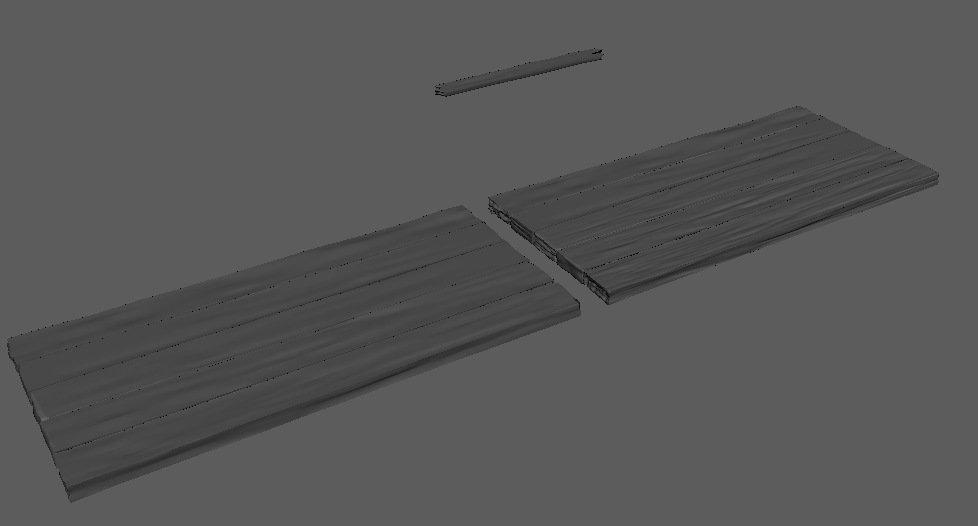Description
KaBoom! is a third person tank war game project in development by SQUAREONE Studio. The background sets in an abandoned land with deserted landscape referencing from games with post-apocalyptic settings such as Mad Max or Fallout. The environment shown in this project is not intended as a playable area, but as a demo of the atmosphere and style we strive for.
Roles
In this project, I am heavily involved in the game environment creation process. I am responsible to model, texture and design the environmental features. I started by researching and experimenting with the texturing techniques in Substance Painter. After having my simple garbage bin model uv mapped in maya and imported into painter, I worked with the powerful tools provided by painter and achieved photo-realistic result easily. With the effective result, our team decided to adapt our workflow to fully using Painter to texture all our models. I am also responsible to compose the scene in Unreal Engine. Based on the concept art generated by our talented artists, we try to achieve similar atmosphere with the placement of buildings, visual effects and render settings. At the end, I have also worked with another member on the camera placement and animation.
Process
This project is highly supervised in a studio environment. I have to closely report to our manager and iterate based on feedback immediately. While being able to show my team how awesome technologies can help make our models and textures more realistic and make our job easier, I am still new to the softwares. I have solved countless issues through researching and watching tutorials online. For example, my teammate would keep forgetting to bake the meshes' base maps, which can lead to missing data for painter's calculations. There are also problems associated with transparency, brushes allocation and packaging texture cluster for reuse. I am able to solve those problems for our team through research, explain and clear demonstrations.
Problem + Reflection
One of the interesting obstacle is our struggle to keep our polycount as low as possible while retaining the realism. When making a wood plank, I try give a small object hundreds of edge-loop on each side in Maya, in order to
have enough vertices to simulate
the bumpy texture. I end up with a massive amount of polycount each wood plank placed into a building. It was funny when I report the polycounts to our team lead:
Main walls, the biggest part of the building : 122
TinOilBucket: 5920
The Air Fan and desk and chairs: 85017
All the Wood Planks : 154194
One Tire : 17600
ALL TIRES : 246484
I end up having to reducing polycounts of some of the objects and rather apply height and normal maps in painter instead.
Outcome + Reflections
Working in this project definately improved my problem solving skill and my ability to work closely with my team. Under high pressure, I learned to stay calm and identify the problem's cuases. After finding a solutions, I have also learned to communicate to my team effectively about the problems and how we should solve them. Through the hard work in this project, I also became more careful and dedicated to generate “game ready” assets with low-polycount and high fidelity textures. I gathered experience in environmental modeling and scene creation.
